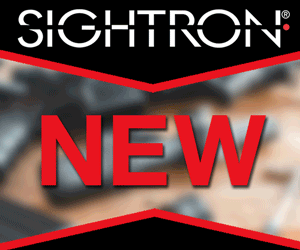JeepHammer
SHOOTER
During war time (Viet Nam in 66-67 dates showing) it was common to produce tin/mild steel cores with copper alloy jackets.
It's NOT AP, Actual AP had hardened steel cores (for rifles) and even harder materials for aircraft AP.
The same tin/mild steel cores were used up until recently by the US, and places like Israel are still making them.
They are usually denoted by a 'Green Tip' paint marking, and are still made in US .30, 7.62 NATO and 5.56 NATO.
Korea makes a crap load of US .30 to this day, since they still use Browning machine guns that fire the round.
Keep in mind the US .30 cal coming out of Korea should NOT be used in the M1, current production & surplus from Korea is MUCH too 'Hot' for the M1 rifle.
The .30 ammo produced in the 60s still had corrosive priming, so be aware of that.
Much of the Korean surplus is also corrosive up until about year 2000.
(The Koreans weren't much on updating their processes or firearms)
Strictly personal opinion,
The clips & can are worth more than the ammo to me since I won't fire corrosive in my M1.
On the other hand, it's actual US M1 ammo, no issues with it damaging the rifle like import surplus .30 can.
You will just have to clean the rifle COMPLETELY about 3 times after firing corrosive...
It's NOT AP, Actual AP had hardened steel cores (for rifles) and even harder materials for aircraft AP.
The same tin/mild steel cores were used up until recently by the US, and places like Israel are still making them.
They are usually denoted by a 'Green Tip' paint marking, and are still made in US .30, 7.62 NATO and 5.56 NATO.
Korea makes a crap load of US .30 to this day, since they still use Browning machine guns that fire the round.
Keep in mind the US .30 cal coming out of Korea should NOT be used in the M1, current production & surplus from Korea is MUCH too 'Hot' for the M1 rifle.
The .30 ammo produced in the 60s still had corrosive priming, so be aware of that.
Much of the Korean surplus is also corrosive up until about year 2000.
(The Koreans weren't much on updating their processes or firearms)
Strictly personal opinion,
The clips & can are worth more than the ammo to me since I won't fire corrosive in my M1.
On the other hand, it's actual US M1 ammo, no issues with it damaging the rifle like import surplus .30 can.
You will just have to clean the rifle COMPLETELY about 3 times after firing corrosive...
Last edited:




